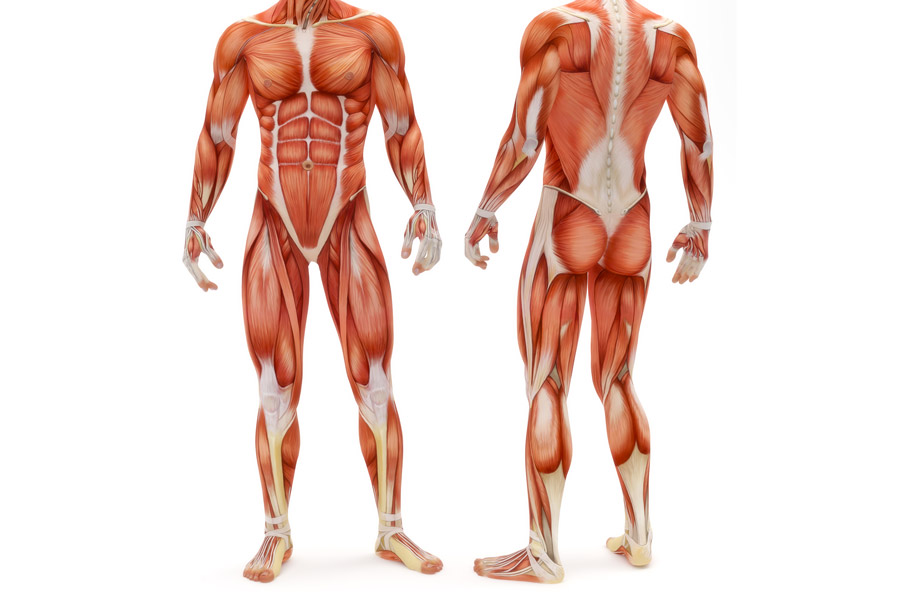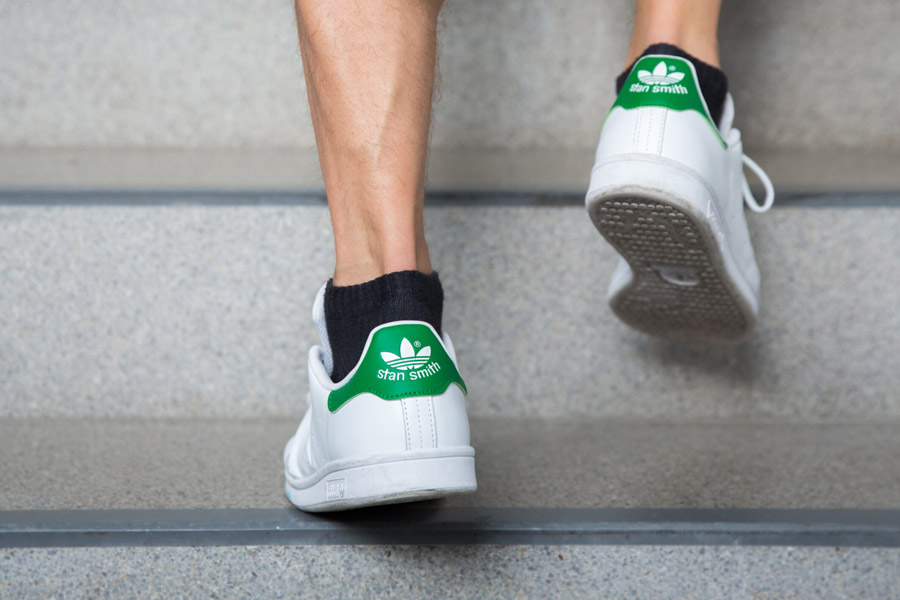Tendon and muscle injuries
Tendon and muscle injuries: causes, diagnosis and treatment
With increasing physical activity of all age groups, Soft tissue injuries of the musculoskeletal system – especially tendon and muscle injuries – are increasingly becoming the focus of sports orthopedics.
Muscles attach to bones via tendons and are therefore essential for force transmission and movement. Injuries to this muscle-tendon complex often occur due to incorrect or excessive loads, sudden trauma or degenerative changes.
Muscle injuries
Diagnosis and classification of muscle injuries:
Muscle injuries can be classified according to severity into:
✔ Muscle fiber tears (minor injuries to individual fibers)
✔ Muscle bundle tears (major damage within the muscle)
✔ Muscle tears (complete severance of the muscle)
Treatment options
- Conservative therapy: Muscle fiber tears and minor muscle bundle tears can usually be treated without surgery.
- Surgical reconstruction: In cases of extensive muscle tears, especially in patients who are physically active, surgical reconstruction is recommended to regain full function and resilience.


Tendon injuries
Tendon injuries of the upper extremity (arm)
Sudden overload or pre-existing degeneration can lead to tendon injuries in the area of the biceps brachii and triceps brachii muscles.
- Long biceps tendon (near the shoulder): Because of the marginal loss of strength, cracks are usually treated conservatively.
- Short biceps tendon: A rupture of the short biceps tendon can lead to limited flexion and external rotation (supination) of the arm and should therefore be surgically refixed.
- Tendon tears in the lower part of the biceps and triceps: These injuries are usually stabilized surgically using suture anchor technology.
Postoperative follow-up treatment: Early physiotherapy exercises are crucial to prevent joint stiffness.
Tendon injuries of the lower extremity (leg)
Injuries to the posterior and anterior thigh muscles and the Achilles tendon are particularly common.
Hamstring muscles:
- Typical injuries occur due to slipping on slippery surfaces or a combination of hip flexion and knee extension.
- A common consequence: tendon ruptures near the pelvis, which lead to limited knee flexion and pain when sitting.
Front thigh muscles (quadriceps tendon):
- Injuries occur during stretching movements against resistance and can cause damage near the pelvis or knee joint.
- A quadriceps tendon rupture leads to limited or lost extension ability of the knee joint.
Treatment: In addition to minimally invasive tendon suture techniques, anchor refixation techniques are often used to restore full muscular function.
Specialized diagnostics & targeted therapy for sports injuries
Minimally invasive reconstruction techniques for rapid recovery
Individually tailored rehabilitation measures to restore function
Achilles tendon injuries
The Achilles tendon connects the posterior lower leg muscles to the hindfoot and is one of the most commonly injured tendons in sports.
Typical injury mechanism: Sudden overload or previous damage leads to a rupture.
Treatment options
- Lesion distant from the base: Removal of degenerative tissue and reconstruction using frame sutures.
- Lesion near the base: Fixation using bony anchor refixation.
- Individual therapy decision: Depending on age, type of injury, location, sporting activity and general health, a choice is made between conservative or surgical treatment.

Make an appointment now!
Get advice!
Make an appointment now for a personal examination and treatment:
+49-(0)89 4140-7840
sportortho@mri.tum.de
House 524
Ismaninger Str. 22
81675 Munich

